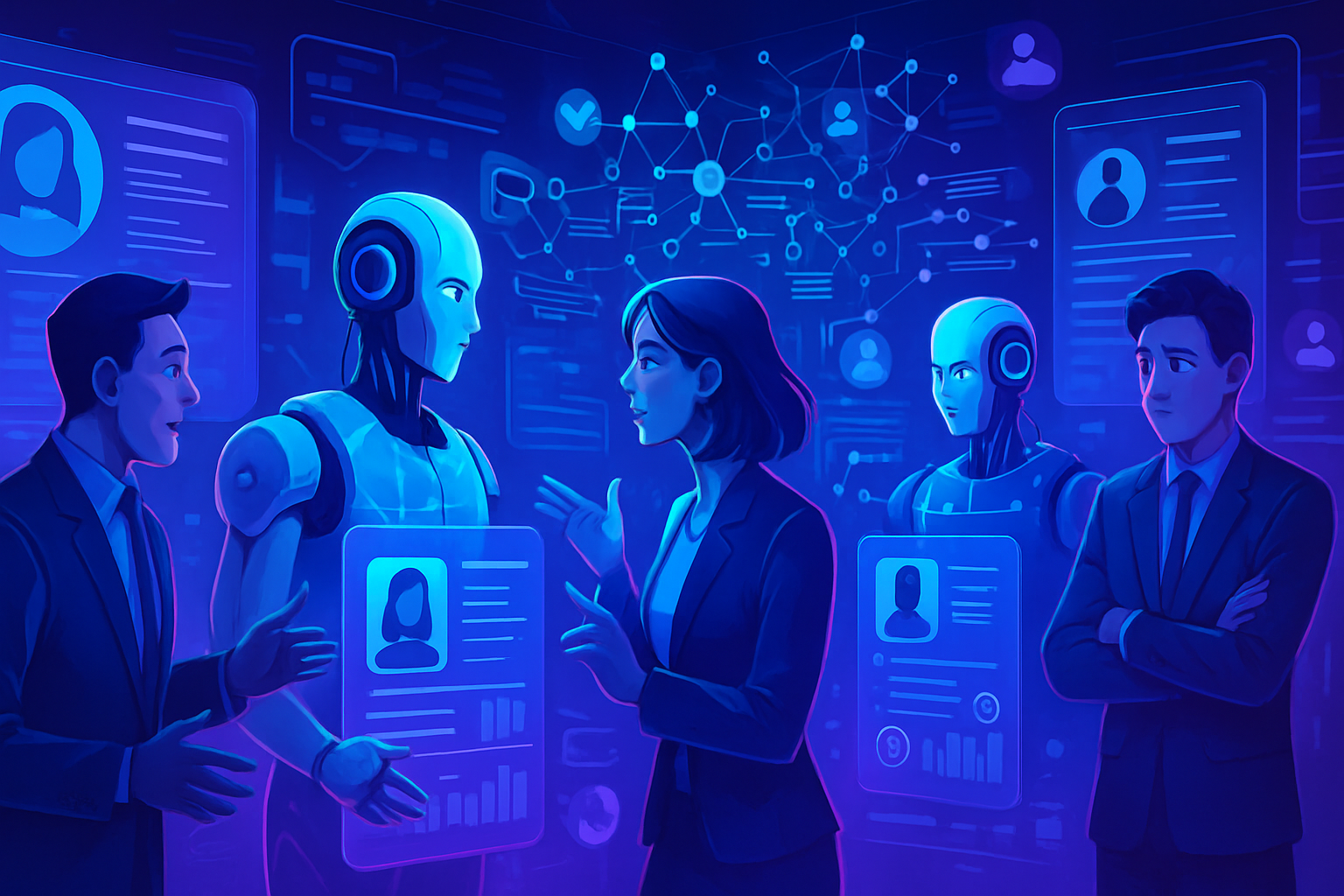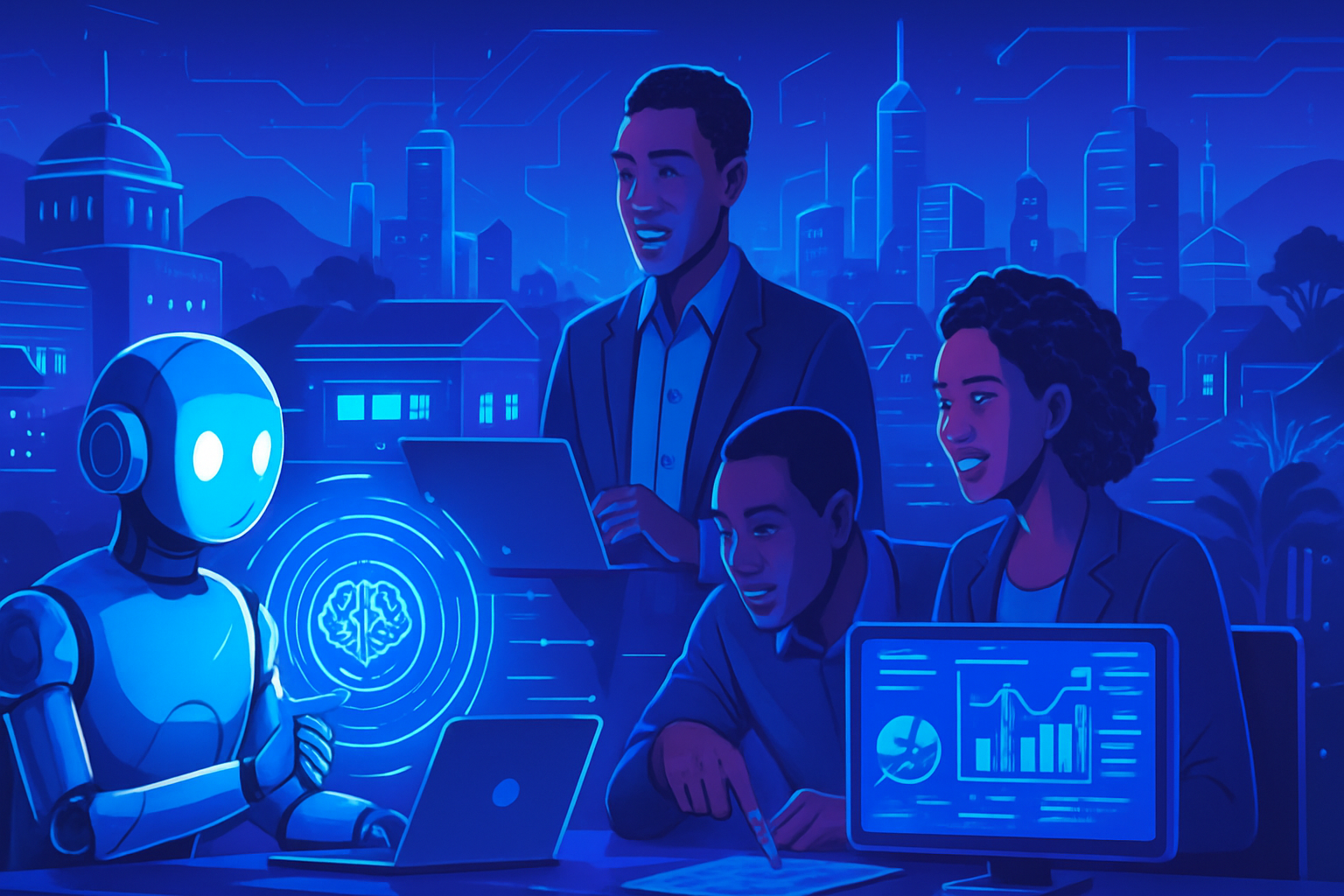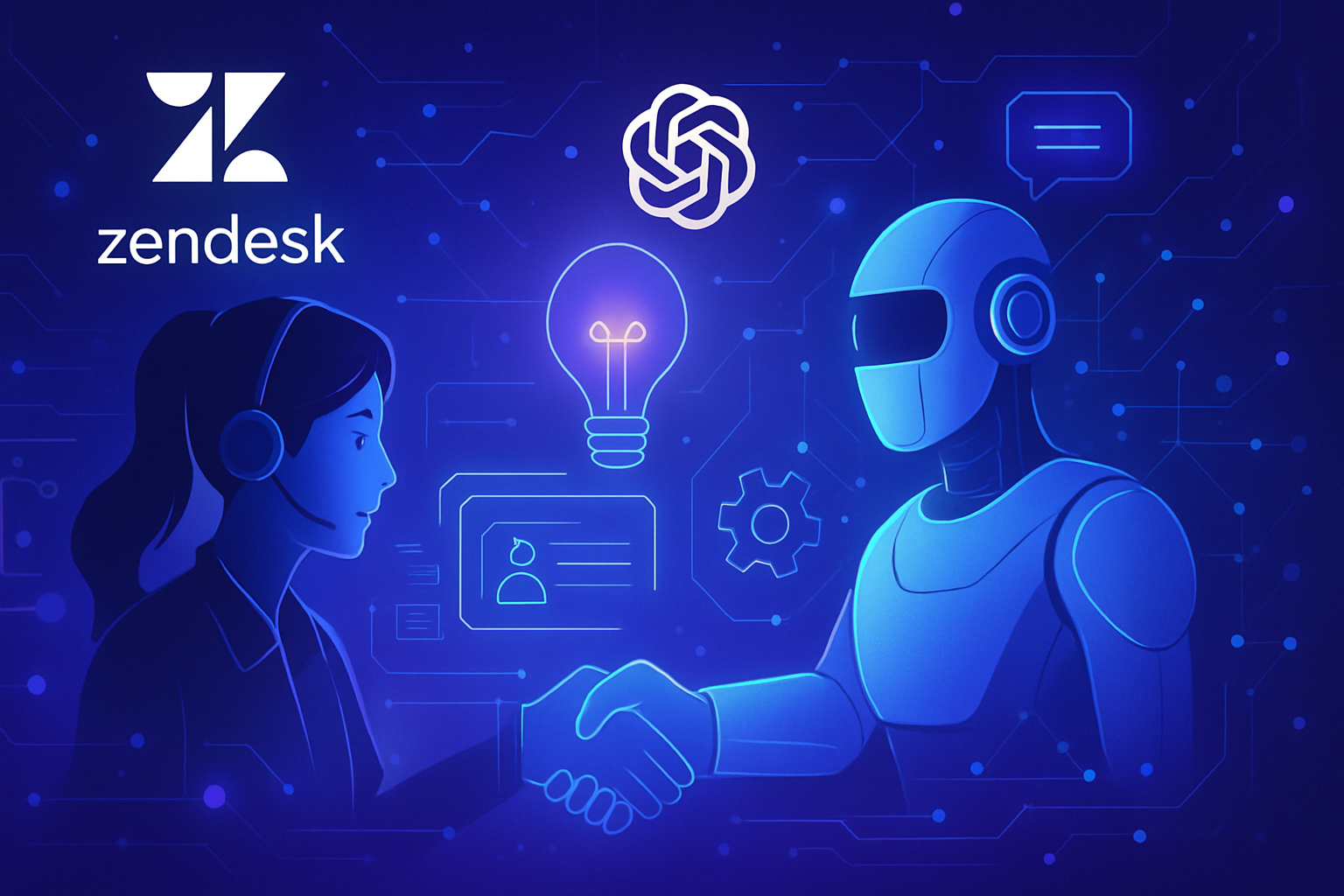The emergence of artificial intelligence (AI) is radically transforming the global energy landscape. Technological innovation comes with unprecedented challenges, raising crucial questions about sustainability. *Data centers* are fueling this revolution, but their energy consumption is skyrocketing, exacerbating ecological concerns. Maintaining balance between technological progress and environmental responsibility remains a daunting task. *A collaborative strategy* between the technology sector, the energy industry, and policymakers is essential to navigate these turbulent waters.
The impact of AI on global electricity consumption
The energy consumption of data centers is growing exponentially, particularly with the rise of artificial intelligence (AI). In 2024, these infrastructures already accounted for about 1.5% of global electricity consumption, or approximately 415 terawatt-hours (TWh). This growth is recorded at an annual rate of 12%, far exceeding the general increase in electricity demand.
With global investments reaching nearly $500 billion in 2024, the development of data centers raises concerns about their electricity needs. The forecasts of the International Energy Agency (IEA) suggest that this consumption could double by 2030, reaching nearly 945 TWh, equivalent to the current total consumption of Japan.
The rise of data centers and future projections
The United States leads in data consumption, accounting for 45% of the global total, followed by China (25%) and Europe (15%). In this dynamic, American data centers could represent nearly half of all the growth in electricity demand by 2030. Projections for 2035 indicate considerable variations, with estimates ranging from 700 TWh in the pessimistic scenario to 1,700 TWh in the ultra-optimistic scenario.
The energy sources needed to power AI
To support this rising demand, a diversified approach to energy is necessary. The IEA highlights the dominant role of renewable energies and natural gas while underscoring the importance of new technologies such as small modular nuclear reactors (SMRs) and advanced geothermal energy. This energy transition must be supported by an appropriate infrastructure; otherwise, significant delays are expected on many projects.
Renewable energies are expected to meet about half of the growth in data center demand by 2035. At the same time, the use of natural gas, particularly in the United States, is projected to increase by 175 TWh, while nuclear energy, especially in China, Japan, and the United States, will continue to play a vital role.
The role of AI in transforming the energy sector
Beyond its energy needs, AI has remarkable potential to transform the energy sector. In the oil and gas industry, for example, AI optimizes exploration, production, and even maintenance, helping to reduce methane emissions and facilitate the exploration of critical minerals.
In the electrical sector, AI enhances forecasts for variable renewable energies and operates better grid balancing. Its ability to detect faults and reduce outage duration by 30 to 50% is a significant asset. Additionally, smart management could free up an additional transmission capacity of 175 GW without requiring the construction of new lines.
The challenges to overcome for successful integration of AI
Despite the promises of AI, obstacles remain regarding its full integration into the energy sector. Issues of data access and quality, the need for suitable digital infrastructure, as well as regulatory barriers, hinder its adoption. Cybersecurity presents a dual challenge, as it enhances defense capabilities while providing attackers with sophisticated tools. Cyberattacks targeting utilities have quadrupled in four years.
Challenges also arise at the supply chain level, particularly for critical minerals like gallium, crucial in the design of advanced components. The concentration of supply requires heightened vigilance, especially in a globally strained market.
Intersectoral collaboration as a pathway to the future
The IEA concludes on the need for deep dialogue and collaboration between the technology and energy sectors. Intelligent integration of infrastructures and optimization of data center sites are indispensable. All this requires operational flexibility and simplification of permitting processes. AI represents a powerful tool for achieving significant emissions savings by optimizing energy systems, but these benefits are not guaranteed.
The way AI will be utilized will depend on the choices made by its users, whether they are companies, governments, or communities. The IEA is committed to providing analyses and data to help define the trajectory of a sustainable energy future.
To delve deeper into the issues of AI in the energy sector, check out this article on the new thresholds of informational pollution related to artificial intelligence.
Frequently asked questions about the IEA: opportunities and challenges of artificial intelligence for the global energy sector
What are the main impacts of artificial intelligence on energy consumption in the global sector?
Artificial intelligence is considered the main driver of increased energy consumption in the sector. According to the IEA, the electricity consumption of data centers powered by AI could exceed 945 TWh by 2030, representing a significant share of global electricity demand.
How do data centers influence electricity demand related to AI?
Data centers consume an incredible amount of electricity, equivalent to the consumption of 100,000 households for a typical center. With the continuous rise in investments in these infrastructures, their energy consumption has been growing at a rate of 12% per year since 2017, far surpassing the general growth in electricity demand.
How can AI optimize existing energy systems?
AI can significantly improve the efficiency of electrical grids by optimizing grid management, reducing downtime through quicker fault detection, and enhancing forecasts for variable renewable energies, thus allowing better integration of renewable energy sources.
What challenges does AI face to fully integrate into the energy sector?
The main challenges include issues of data access and quality, inadequate digital infrastructure, restrictive regulations, and cybersecurity concerns, making it difficult to fully leverage AI’s potential in the energy sector.
What roles do renewable energies and natural gas play in responding to the energy growth driven by AI?
The IEA indicates that renewable energies and natural gas will be essential in meeting the growing electricity demand from data centers, with renewables expected to provide nearly 50% of the increase in demand by 2035.
What innovations could AI bring to the development of energy technologies?
AI has the potential to accelerate the discovery of new energy technologies such as advanced batteries, catalysts for synthetic fuels, and materials for carbon capture, but its use in energy innovation is still under-exploited compared to other sectors like biomedicine.
What are the potential cybersecurity risks in the energy sector caused by AI?
While AI can enhance defenses against cyber threats, it can also provide attackers with advanced cyberattack tools. The number of attacks targeting utilities has tripled over the past four years, raising serious concerns for the security of energy infrastructures.
How are countries like the United States and Japan affected by the growth of energy demand related to AI?
The United States, in particular, is expected to see a marked increase in electricity demand, with data centers representing nearly half of the growth in demand by 2030. In Japan, this could account for more than half of the country’s total electricity demand.






